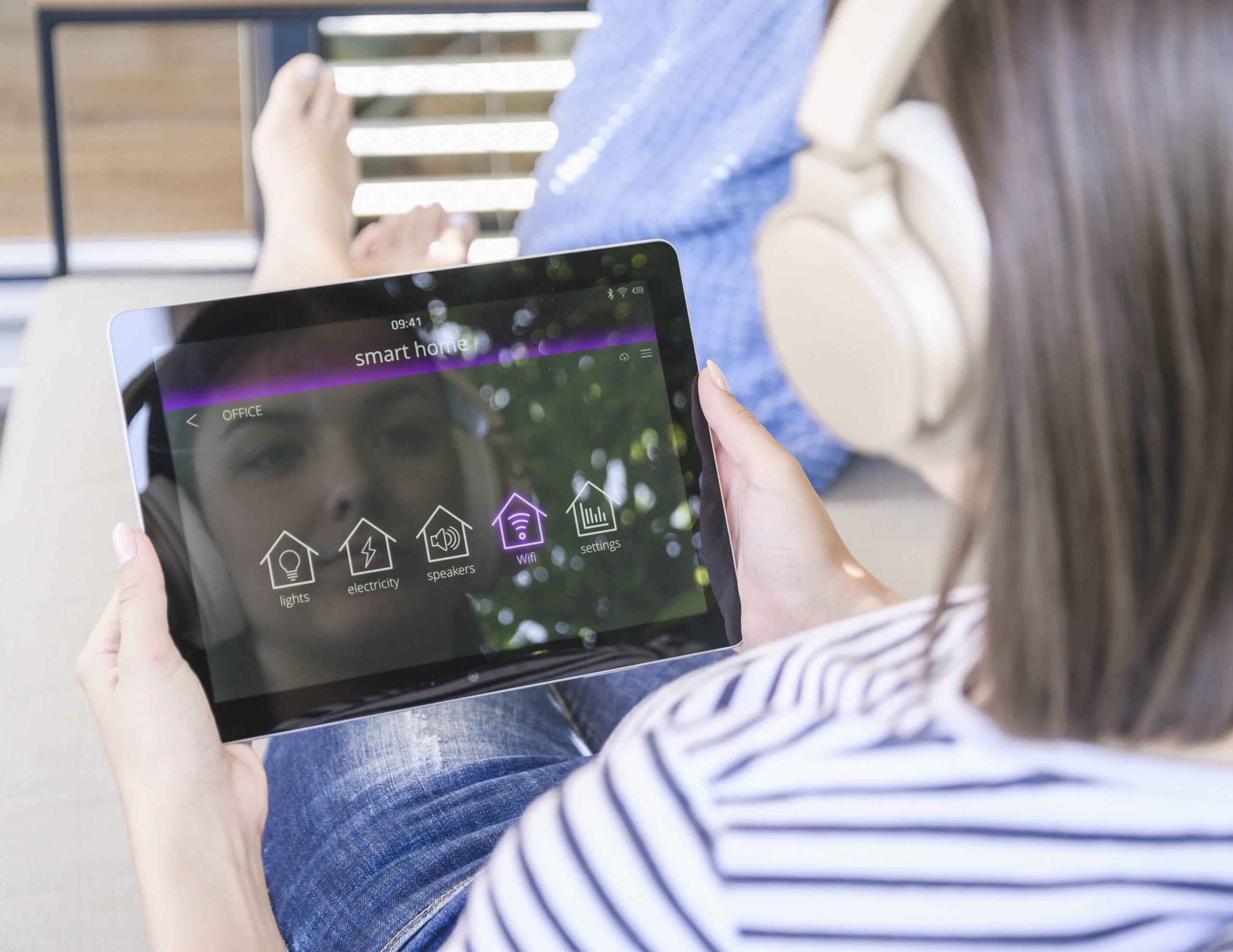
In the age of technology, the concept of a smart home is no longer a futuristic dream but a present-day reality. With the ability to control lighting, security, temperature, and even kitchen appliances from your smartphone, smart homes offer convenience, efficiency, and enhanced security. However, setting up a smart home can be a daunting task, especially for beginners. Here are five common mistakes to avoid when embarking on your smart home journey.
1. Neglecting Compatibility
One of the most common mistakes is not considering the compatibility of devices. The smart home market is flooded with a plethora of devices from different manufacturers, each with its own ecosystem. Before purchasing, ensure that the devices you choose can communicate with each other. For instance, if you have an Amazon Echo, it’s wise to select devices that are compatible with Alexa. Similarly, if you’re an Apple user, HomeKit-compatible devices would be more suitable. Failing to check compatibility can lead to a fragmented system where devices don’t work together seamlessly, defeating the purpose of a smart home.
2. Overlooking Security
Security is a critical aspect of any smart home setup. Many users make the mistake of not securing their smart devices, leaving them vulnerable to hacking. To protect your smart home, start by securing your Wi-Fi network with a strong password and enabling network encryption. Regularly update your devices to patch any security vulnerabilities. Additionally, consider setting up a separate network for your smart devices to isolate them from your main network. This way, even if a device is compromised, your personal data remains safe.
3. Ignoring the Importance of a Strong Network
A smart home relies heavily on a stable and robust internet connection. Many users underestimate the importance of a strong network, leading to connectivity issues and device malfunctions. Invest in a high-quality router and consider using a mesh network to ensure coverage throughout your home. This is especially important in larger homes where a single router may not provide adequate coverage. A strong network ensures that your devices remain connected and function smoothly, providing a seamless smart home experience.
4. Not Planning for the Future
Technology is constantly evolving, and the smart home industry is no exception. When setting up your smart home, it’s important to think ahead and plan for future expansions. Avoid the mistake of buying devices that are not scalable or upgradable. Choose devices that can be easily integrated with new technologies as they emerge. This not only saves you money in the long run but also ensures that your smart home remains up-to-date with the latest advancements.
5. Overcomplicating the Setup
In the excitement of setting up a smart home, many users tend to overcomplicate the process by purchasing too many devices at once. This can lead to confusion and frustration, especially for those new to smart home technology. Start small and gradually expand your system as you become more comfortable with the technology. Begin with essential devices such as smart lights, a smart thermostat, or a smart speaker. Once you’re familiar with how these devices work, you can add more complex systems like smart security cameras or automated blinds.
Conclusion
Setting up a smart home can be a rewarding experience, offering convenience, efficiency, and enhanced security. However, it’s important to avoid common pitfalls that can lead to frustration and inefficiency. By ensuring device compatibility, prioritizing security, investing in a strong network, planning for the future, and keeping the setup simple, you can create a smart home that meets your needs and enhances your lifestyle. Remember, the key to a successful smart home is not just about having the latest gadgets but creating a cohesive and secure system that works for you.













